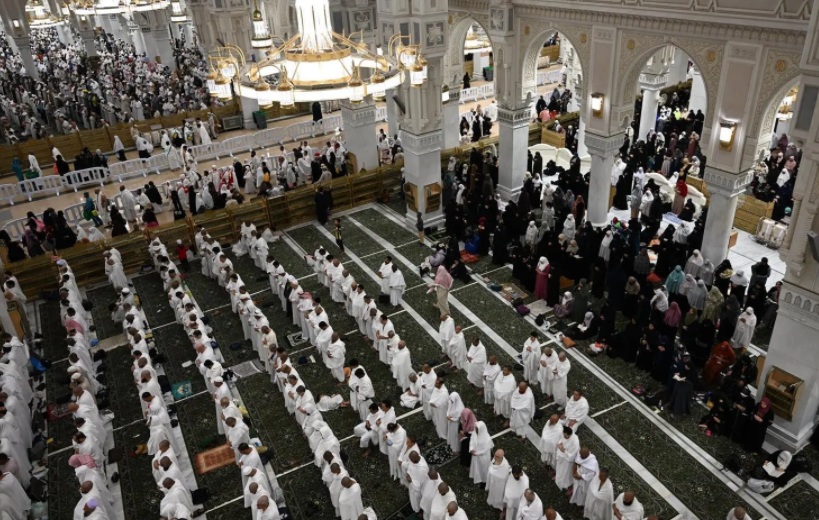JEDDAH. As the crescent moon heralds the start of Ramadan 1446 AH, Saudi Arabia has transformed into a vibrant tapestry of glowing crescents, lanterns, and communal spirit. From bustling cities to serene neighborhoods, the Kingdom is embracing the holy month with traditional fervor, while authorities ensure seamless safety and worship experiences for millions.
Nationwide Festivities and Community Traditions
Streets, homes, and public spaces across Saudi Arabia are adorned with radiant Ramadan decorations, reflecting the joyous anticipation of citizens and residents. Families are reviving cherished customs—exchanging greetings, hosting gatherings, and embellishing their homes with ornate lanterns and welcoming messages. These practices not only honor cultural heritage but also strengthen communal bonds, embodying the spirit of unity central to Ramadan.
Regulatory teams are intensifying inspections of commercial activities and enforcing health protocols nationwide to safeguard public well-being.
Grand Mosque in Makkah Mobilizes 11,000 Personnel for Pilgrim Services
In Makkah, the Grand Mosque welcomed thousands of worshippers for the first Isha and Tarawih prayers of Ramadan, supported by a robust system of integrated services. The General Authority for the Care of the Affairs of the Grand Mosque and the Prophet’s Mosque has deployed over 11,000 staff across four shifts to manage crowds, sterilization, and accessibility.


Key Initiatives Include:
- Advanced Sanitization: Continuous disinfection of courtyards, floors, and prayer areas using eco-friendly materials.
- Streamlined Access: Designated pathways for individuals with disabilities and AI-driven crowd management to prevent congestion.
- Zamzam Water Distribution: Efficient delivery via vehicles, backpacks, and bottled water stations.
- Aesthetic Enhancements: Perfuming of the mosque with premium oud and rose fragrances to elevate the spiritual ambiance.
Authorities have also optimized transportation and entry/exit procedures to accommodate the influx of Umrah performers, with real-time monitoring to address peak-hour demands.


